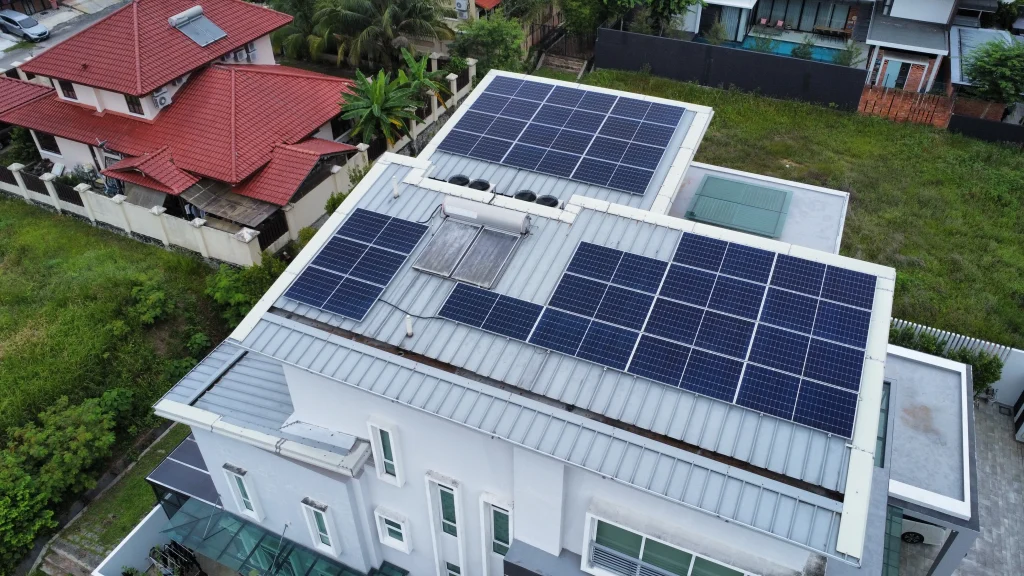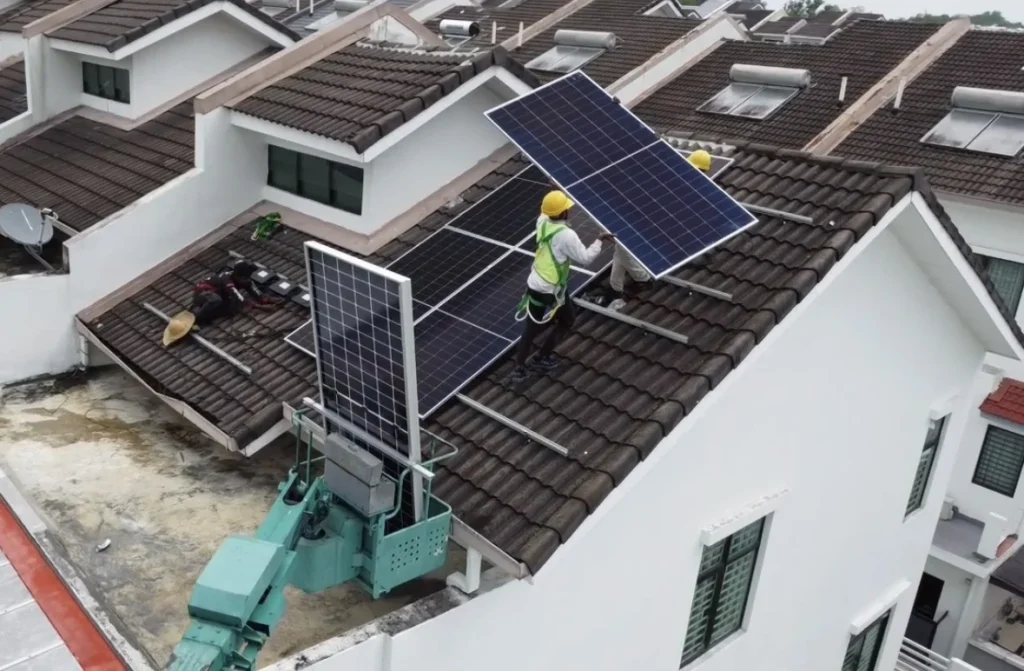How Do Solar Panels Work? A Beginner's Guide

We’ve all heard that solar panels can harness energy from the sun, but have you ever wondered how they work? While the concept might seem complex, the process is surprisingly simple once you break it down. Let’s explore how they turn sunlight into power for your home.
1. What Are Solar Panels Made Of?
Solar panels consist of small units called solar cells, typically made of silicon. These cells capture sunlight and convert it into electricity. When light strikes them, electrons are excited, generating an electric current. This process forms the basis of how they function!
2. How Do They Capture Sunlight?
When sunlight reaches the solar cells, it triggers the photovoltaic effect—a phenomenon where light energy excites electrons. These energized electrons flow through the cells, producing direct current (DC) electricity. This step is crucial in transforming sunlight into usable energy for your home.
3. How Is DC Electricity Converted?
Most homes rely on alternating current (AC) electricity, so the DC electricity produced by solar panels must be converted. This is where the inverter comes in. The inverter transforms the DC electricity into AC electricity, which can then power your appliances or be stored in batteries for later use. It’s a seamless process that ensures your home has the energy it needs, day or night.
4. What Happens to Extra Electricity?
If your solar panels generate more electricity than you use, the surplus doesn’t go to waste. Excess energy can be stored in batteries to provide power during the night or outages. Additionally, under Malaysia’s Net Energy Metering 3.0 (NEM 3.0) program, you can export extra electricity to the TNB grid. This allows you to earn credits on your electricity bill, offering both savings and sustainability.
Ready to explore how solar panels can benefit your home? Click here to speak with our sales consultant. Discover how solar energy can transform your home into an energy-efficient haven and significantly cut down your electricity expenses.
Switching to solar is more than a decision for today—it’s an investment in a sustainable and cost-effective future.




